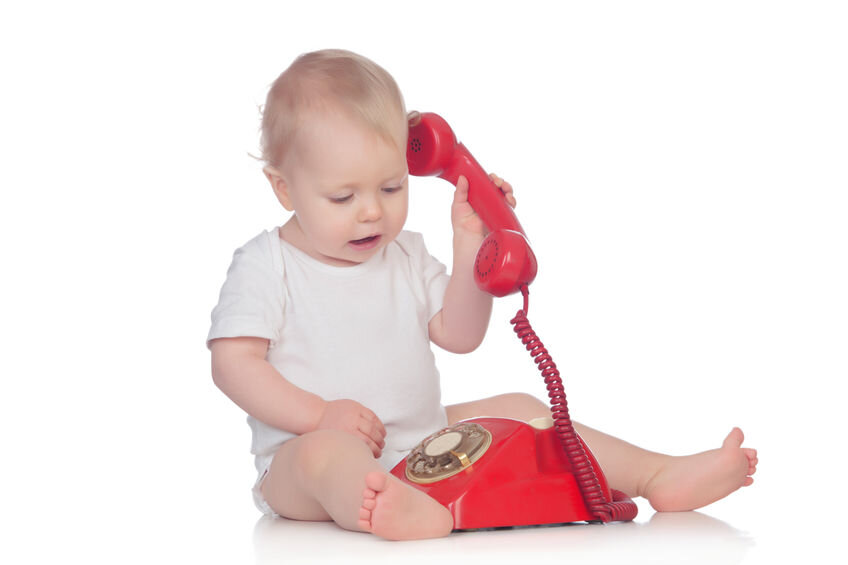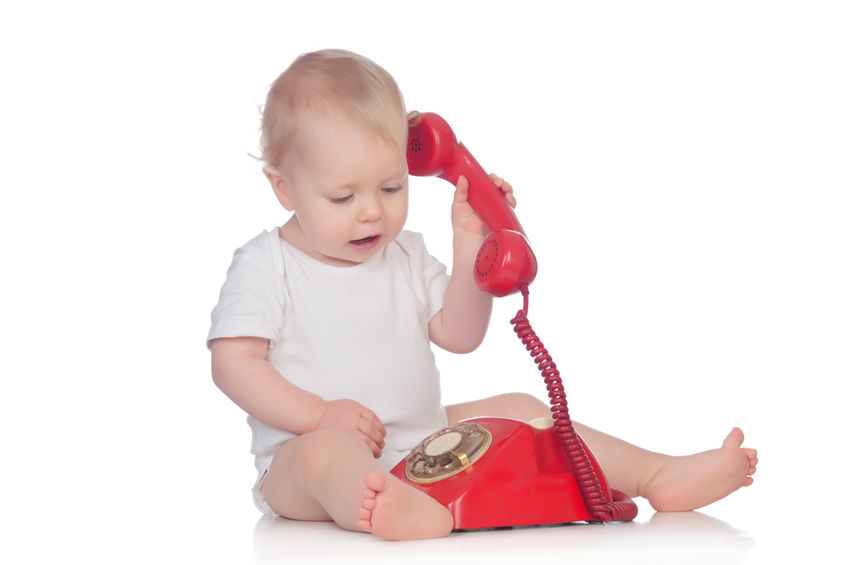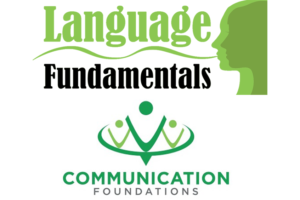There are many myths out there when it comes to language development.

Myth #1: ”Baby Talk” can inhibit your baby’s language development
“Baby Talk” AKA “motherese” or “infant-directed speech” (as long as it is grammatically appropriate) can actually encourage speech and language development in your baby. “Baby talk” refers to the high-pitched, sing-song voice parents often use when talking to babies. Research shows that babies actually prefer listening to “baby talk”, it cues babies that the speech is for them and therefore pay better attention to what you are saying. The use of “baby talk” also helps babies discriminate between sounds and words. However, it is important to remember that this is only beneficial for babies and is not recommended when communicating with toddlers or older children.
Myth #2: “Late talkers” who are otherwise typically developing will “grow out of it” and catch up to their peers
While it is true that some children do grow out of their speech and/or language delays, there is no way to know which children will and which children will not. Up to half of the children who are late talkers will not catch up without intervention and those that do catch up are at an increased risk of later academic skills (reading, social skills, etc.) If you have concerns regarding your child’s development, you should reach out to a speech-language pathologist. We highly advise against a “wait and see” approach. Research clearly shows that intervention leads to better outcomes, and the earlier intervention begins the better the prognosis and more likely the child is to “catch up.”
Myth #3: Educational TV programs, apps, and flashcards will teach my child how to talk
We know that children learn best through play and real-life interactions. We recommend exercising common-sense when using “educational” media with young children. Communication requires some back and forth between the listener and the speaker-it is often difficult and at times impossible to figure out exactly what a child is learning while passively watching a TV program or clicking through an app.
The best way to teach your child new vocabulary and language is by interacting with them in their natural environment. You can teach them about new words and events as you are going throughout your day or playing with them one-on-one. These natural interactions are much more relevant and more likely to create a lasting impression on your child to help them understand and use the word in other contexts.
About the Author: Nicole Calderin, CCC-SLP is the Early Intervention Program Director at SLP Communication Foundations, a division of Language Fundamentals. SLP Communication Foundations employs over 20 SLPs providing Early Intervention Speech Therapy Services across the State of New York.



